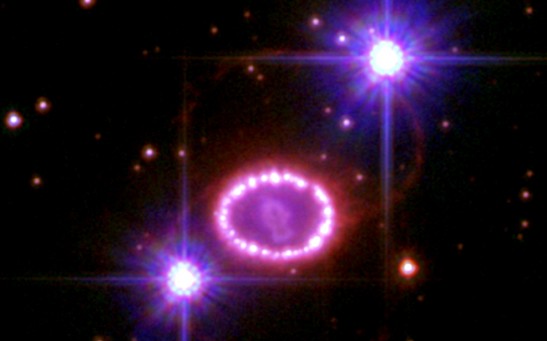supernova
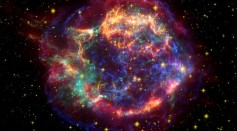
Mystery Behind Green Lights From Supernova Remnant Cassiopeia A Finally Solved
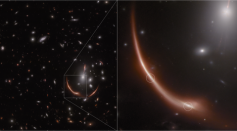
JWST Spotted Warped Supernova in Distant Galaxy; Gravitationally Lensed Event Could Help Solve Cosmic Mystery
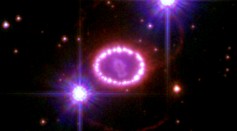
Closest Supernova in 10 Years Breaks Record for SETI’s Number of Citizen Scientists
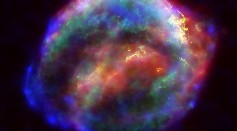
Ancient Supernova Explosion Almost Destroyed Our Infant Solar System, Study Suggests
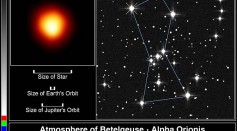
Is Betelgeuse Going Supernova? Red Supergiant Star Continues To Show Unexpected Behavior
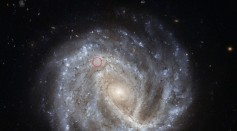
Massive Supernova 100 Times Larger Than the Solar System Discovered
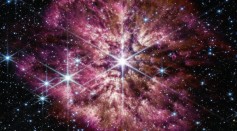
James Webb Space Telescope Spotted a Massive Star 30 Times Bigger Than Sun in Rare Phase Before Going Supernova
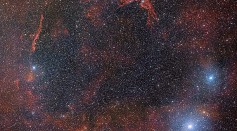
Dark Energy Camera Captures Ghostly Remains of First Supernova Discovered by Chinese Astronomers in 185 AD
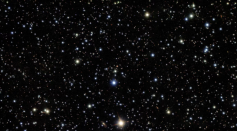
Gamma-Ray Burst Flown Into Earth Surface Last Oct. 9 Sets Record in Space History
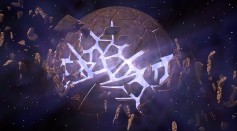
Astronomers Identified What Stars Look Like Before They Die, Developing Early Warning System for Supernova
Researchers Successfully Recreates Supernova Reaction In a Lab Using an Accelerated Beam of Radioactive Nuclei
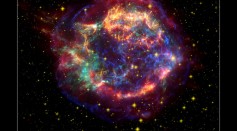
Beauty After Star Explosions: NASA Shares Photo of 300-Year-Old Cassiopeia A, Supernova Remnant
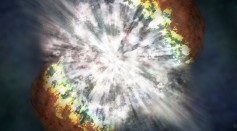
Discovery Suggests a Supernova Exploded Near Earth 2.5 Million Years Ago
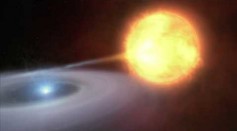
Exploded Supernova 970 Million Years Ago Found By Volunteers From ANU Event
Most Popular

How Technology Is Changing the Real Estate Industry?

Study Reveals High Turnover in Scientific Research Careers: What This Means for Future Scientists

Nikolay Karpenko Biography, Photo, Career, Accomplishments

China’s Tiangong Space Station to Expand Its Capabilities With New Modules

